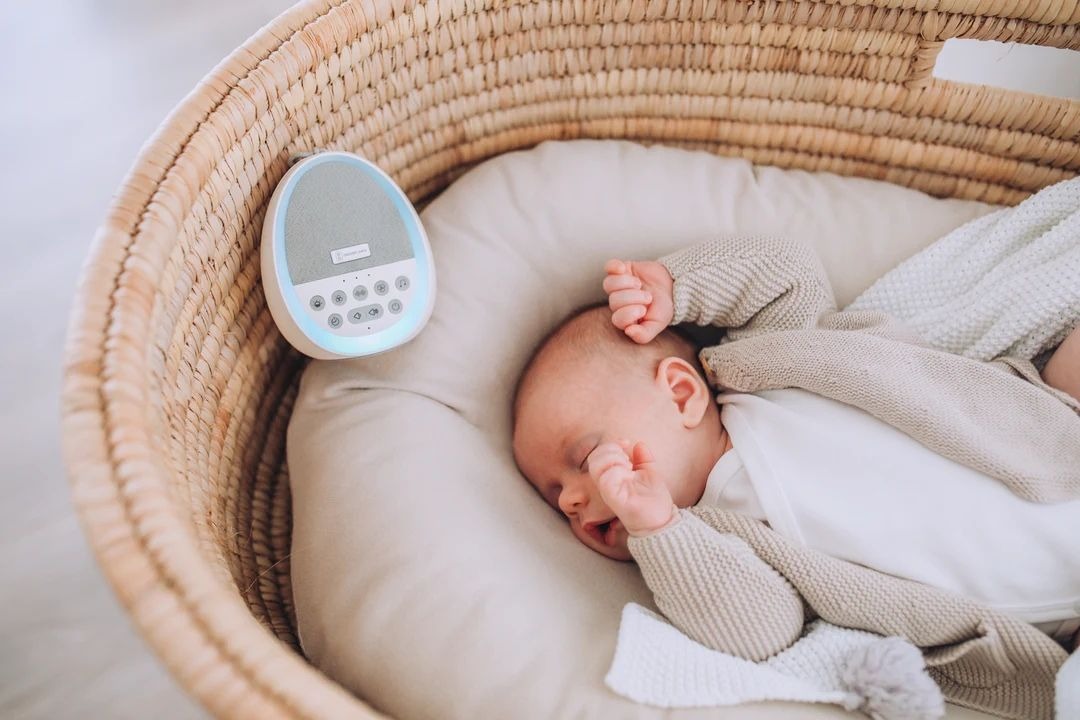Just as you thought you mastered the newborn phase, sleep takes a dramatic turn for the worse. The 4-month sleep regression is arguably the most notorious sleep disruption of the first year. It’s not a true “regression” but a permanent infant development milestone signaling a major change in your baby’s brain. Your baby is maturing from a newborn sleep pattern to a more adult-like cycle. This guide will explain exactly why this sleep shift happens and provide gentle, responsive sleep solutions to help your whole family adjust.
Why the 4-Month Sleep Regression Occurs
Up until four months, babies sleep like newborns—spending most of their time in just two stages: active sleep and quiet sleep. At four months, their brains mature, and they develop four distinct sleep stages, complete with cycles that include brief waking periods.
- Permanent Change: This is a permanent neurological leap, not a temporary setback. Your baby now cycles through lighter and deeper sleep and will wake up when they transition between cycles. If they rely on a sleep crutch (like rocking, feeding, or a pacifier replacement) to fall asleep, they’ll need it every time they wake up (which is often hourly).
- The Motor Leap: Around this time, babies are also gaining stronger head control, rolling over, and becoming more aware of their surroundings. This explosion of physical and cognitive ability can interfere with their ability to settle down.

Effective and Gentle Sleep Solutions
The key to navigating this phase is to teach your baby the skill of falling asleep independently and getting rid of the most disruptive sleep crutches.
- Ditch the Crutch: Gradually reduce the reliance on feeding or rocking to sleep. Aim to put your baby down drowsy, but awake. This small distinction is the most important step in achieving independent sleep.
- Optimize the Schedule: A chronically overtired baby fights sleep the hardest. Ensure your baby is getting appropriate awake windows (typically 1.5 to 2 hours at this age) and consistent naps. Therefore, prioritizing daytime sleep often leads to better nighttime sleep.
- Power of the Pause: When your baby wakes between cycles, give them a brief moment to resettle themselves before rushing in. Sometimes a short cry or fuss is just a transition between sleep cycles. Wait one to two minutes before intervening.
- Solid Bedtime Routine: Maintain a non-negotiable, 20-30 minute bedtime routine. This acts as a powerful cue to your baby’s brain that it’s time to transition to sleep. The consistency is incredibly soothing during a regression.

Creating a Healthy Sleep Environment
A simple, dark, and boring sleep environment encourages independent sleep and helps your baby feel secure.
- Darkness is Key: Use blackout curtains to eliminate all external light for both naps and nighttime. Light signals to the brain that it’s time to be awake.
- Use White Noise: Consistent white noise can mask household sounds and mimic the constant noise your baby was used to in the womb. This provides a consistent backdrop that aids in soothing.
- Prioritize Safety: Now that your baby is rolling, the swaddle must be retired. Transition them into a safe sleep sack or wearable blanket that allows their arms to be free.
Remember, this is a challenging phase, but it is a sign of your baby’s healthy maturity. By being consistent and gentle, you can lay the foundation for solid, independent sleep habits. For more expert advice on navigating infant sleep, you can always rely on the science-backed insights from The Baby Edge.


